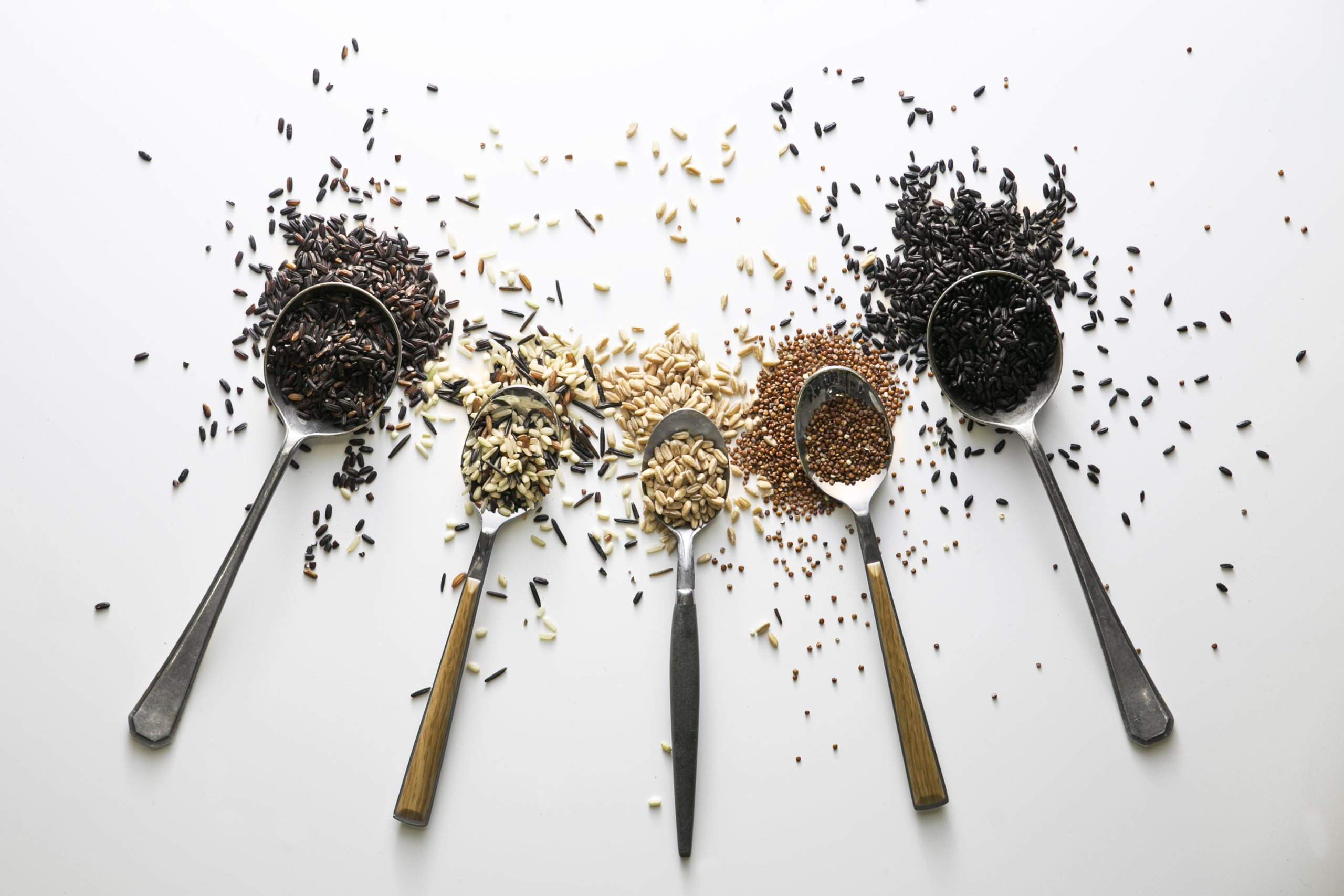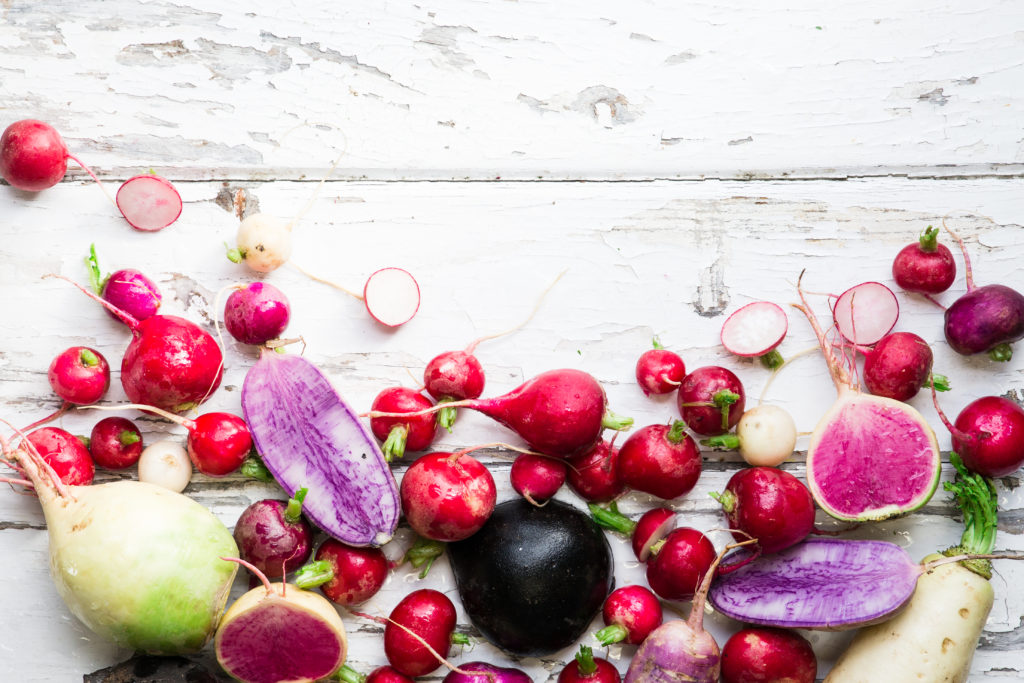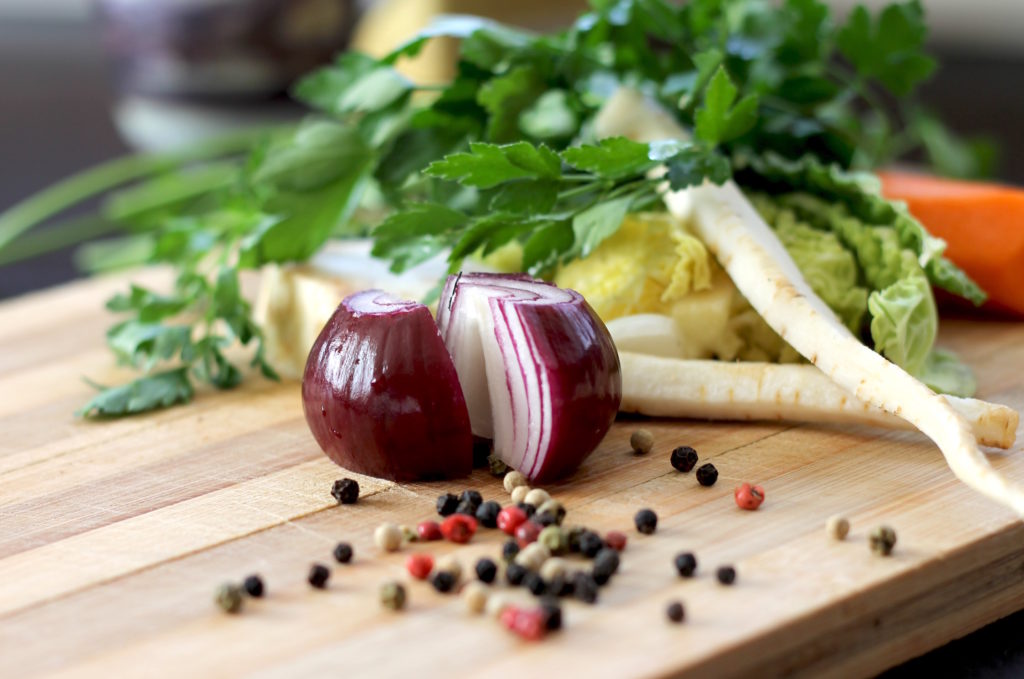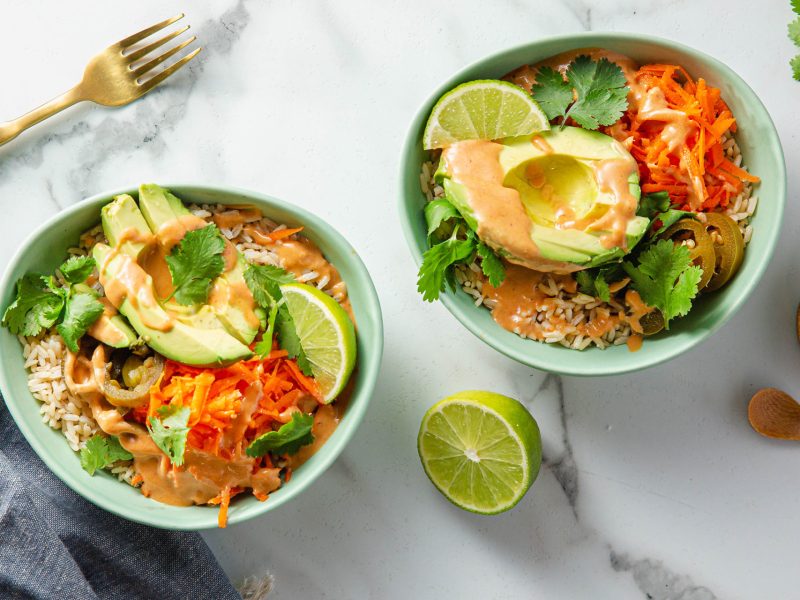The Pros and Cons of a Macrobiotic Diet
By Ana Johnson Reisdorf
Remember a few years ago when the macrobiotic diet was all the rage? Well, it’s actually been around since the 1800s, in one form or another. So, if the only thing you know about it is that Gwyneth Paltrow and Madonna have followed it (no shame), we’ve got you covered with a breakdown of the pros, cons, and what you can really eat on a macrobiotic diet.
What is the Macrobiotic Diet?
Based on a philosophy founded by George Ohsawa, the macrobiotic diet is meant to create balance and vitality by applying the Asian principles of yin and yang to your entire life, including exercise, mental health, and food. In an interview with the New York Times, Ohsawa’s wife described the origin of the name as “a big view of life;” macro meaning big and bio meaning life.
Ohsawa started his health journey, leading to developing the diet, because of his own personal and family illnesses. Eventually, Michio Kushi, the founder of the Kushi Institute, studied with Ohsawa in Japan, expanded upon Ohsawa’s philosophy, and brought it back to the United States. Kushi envisioned the macrobiotic diet as a method to help people cope with the stresses of modern life, and it was integrated into the programming at the Kushi Institute, which closed in early 2017.
What Can You Eat?
The macrobiotic diet is a pescatarian diet based primarily on consuming locally and organically grown whole grains, vegetables, and beans. The ideal breakdown is 60% whole grains, 30% vegetables, and 10% beans, tofu, or sea vegetables (seaweed). Fresh seafood, fruit, and nuts can be consumed one to three times a week. Herbs should be used to add flavor, while rice syrup is the only recommended sweetener and should be used sparingly.
The ideal breakdown: 60% whole grains, 30% veggies,
10% beans, tofu, or sea vegetables.
Soups are important in the macrobiotic diet because their nutrients are retained in the cooking process and are easily digested, especially when served at about the same temperature as the human body (between 98.6 – 100 degrees F).
Foods to avoid include anything spicy, dairy, eggs, meat, sugar, processed foods, and nightshade vegetables. Alcohol, soda, coffee, fruit juice, or even too much water is discouraged.
How Should You Eat?
In addition to the diet, there are many rituals surrounding eating in the macrobiotic lifestyle to promote mindful eating and balance. Here’s where the yin and yang come in. Yin represents the passive natural forces and includes vegetables, while yang represents active forces and includes grains. Yin and yang should always be served together.
Before eating, one must express gratitude for the meal. Food should be chewed at least 50 times before swallowing to aid in digestion and to practice mindful eating. Overeating is discouraged, as you should only eat if you’re hungry and stop when you’re satisfied.
While preparing food, the use of microwaves and electric stoves is discouraged. Instead, food should be made in clay or stainless steel cookware.
What are the benefits?
Lower Risk of Disease
The macrobiotic diet, along with other plant-based diets, has consistently been shown to help lower the risk of heart disease, cancer, and diabetes. Additionally, the anti-inflammatory power of plant-based foods can help decrease the risk of chronic diseases. The diet has also been shown to reduce levels of circulating estrogen in women, which may help lower risk of breast and other cancers.
Note: Although some promoters of the macrobiotic diet claim it can prevent or even cure cancer, there hasn’t been any specific evidence found to support this claim.
Weight Loss
Following a Macrobiotic diet may also be beneficial for weight loss, especially if processed foods and high fat meats are replaced with vegetables.
Mindful Eating
The diet was originally designed to help bring harmony and balance to everyday life. Due to the emphasis placed on eating mindfully (chewing a certain number of times, crafting a well-balanced plate, and stopping when you’re full), it can help promote a positive relationship with food.
What are the downsides?
Inadequate Vitamin Intake
There is some concern whether or not the macrobiotic diet provides an adequate intake of vitamin B12, iron, omega-3 fatty acids, zinc, and vitamin D.
Hard to Maintain
The macrobiotic diet can be difficult to follow, since food must be prepared from scratch and purchased locally whenever possible.
What’s Next?
It’s up to you to choose whether the macrobiotic diet is right for you. Here are some resources to help on your journey:
- The Kind Diet: A Simple Guide to Feeling Great, Losing Weight, and Saving the Planet by Alicia Silverstone (as if … no really)
- The Macrobiotic Diet in Cancer, a National Center for Biotechnology Information study
- Top 10 Macrobiotic Sites by The Blissful & Fit Chef








